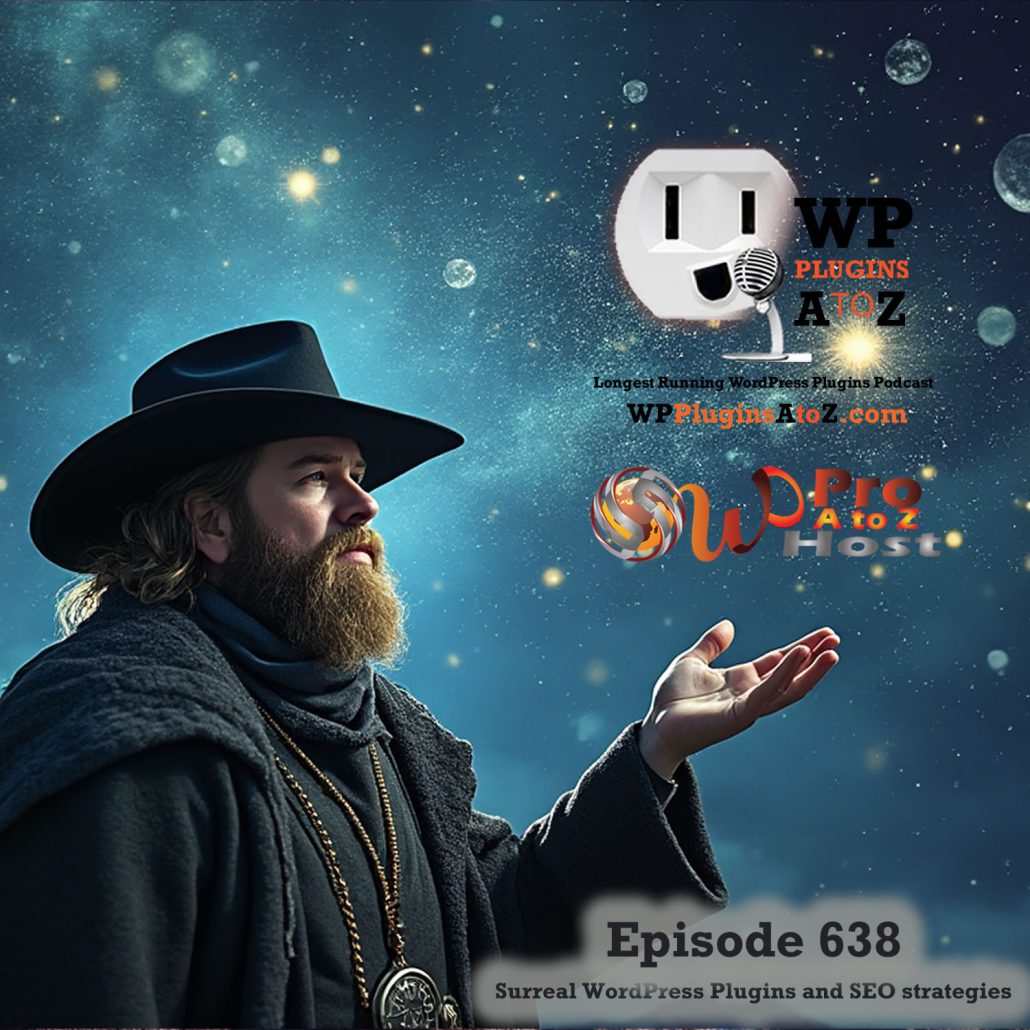 Real Estate internet marketing is like any other kind of marketing, you’re trying to reach a niche market and must plan accordingly. You have to start by identifying your target market in order to develop your message convey exactly the kind of high value business proposition which your niche will respond to.
Real Estate internet marketing is like any other kind of marketing, you’re trying to reach a niche market and must plan accordingly. You have to start by identifying your target market in order to develop your message convey exactly the kind of high value business proposition which your niche will respond to.
The first steps are to:
- Identify your target market; start with geo targeting and work with the demographics from there
- Decide how you want to be perceived by this target market and decide how you’ll foster this perception
- Identify and refine your value proposition
Once you’ve done this, the next step is to develop and distribute your value proposition, making sure that your value proposition is perceived by your target market exactly as intended – in marketing, shaping consumer perception isn’t just the most important thing: it’s everything.
You have to start by positioning yourself to be perceived in a specific way; from here, you’ll need to maintain, develop, grow or alter this market position as you deem necessary.
The real challenge is putting these principles into action:
Driving Traffic
There are some important principles of traffic generation you need to understand in order to be successful at bringing visitors into your website.
There are both principles and rules of traffic generation; principles have to do with your approach to the task and the rules are the practical nuts and bolts of driving traffic. You need to have an understanding of the larger picture before you can successfully put the practical techniques into action.
What you’ll usually see a lot of is the techniques alone. While this is still valuable information, you probably won’t get far with these techniques if you aren’t versed in the underlying principles of traffic generation.
These are the most important principles of traffic generation:
- Traffic generation isn’t a black art – it’s something which largely relies on common sense and methods which can be replicated with consistent results.
- The reason people usually fail in their traffic generation efforts is that they don’t truly commit to making traffic generation techniques a fully integrated part of their business strategy.
- You need to create a plan for driving traffic. Think of it as a road map; follow it, but remember that it’s not carved in stone. Your plan can and should evolve to reflect your real life experience and results.
- Continually test and track the results of your traffic generation efforts – and adjust your plan accordingly.
- Set goals for yourself and as you meet them, raise the bar; traffic generation is a process, not a single objective.
- Don’t be discouraged if you don’t see results immediately.
- Remember that driving traffic begins with building your site – Why is this? Because your site should be built from the ground up with visitors in mind. Look at other sites in your industry to gain an understanding of patterns of visitor behavior.
See what these other sites are doing; don’t hesitate to take a page from your competition’s playbook if you see something which is working for them.
This is where things can become challenging; it’s something like standing in Grand Central Station at rush hour with a megaphone, trying to be heard above the noise of the crowd. The goal here is to get the attention of your target market and get them to come to your site.
All business is arbitrage. You’re taking something which is cheap (to you, at least) and exchanging it for something of higher value – buy low, sell high.
For example, SEO and other free traffic generation strategies essentially trade your time for traffic which is of higher value to you; this value may be measured directly in monetary terms or in other means (for instance, as signups to a list). The same is true of paid methods of driving traffic like PPC advertising; you’re paying what you deem to be a small amount for something else which you see as more valuable.
If you’ve been reading carefully so far, you may have noticed that I haven’t said a word about being indexed by the search engines; that’s because this falls under the heading of techniques, not the principles of traffic generation. While you do of course want to be indexed, this isn’t your primary objective – and it’s something which will happen naturally as you work to drive traffic using other strategies.
Don’t lose sleep over the search engine crawlers; they will come sooner or later. Remember that even once your site is indexed, it’s no guarantee that visitors will follow. Focusing on being indexed is losing sight of the forest for the trees. This will happen anyway as a side effect of using other traffic generation methods. What you should be focused on is getting targeted traffic to your site. For instance, if you exchange links with another site (or even a directory) relevant to your industry, the search engine crawlers will follow these links when indexing this other site and voila! Your site will be indexed.
What you need to do is to let the web know that your site is there while simultaneously driving targeted traffic. The best way to do so is to create links to your site from other sites; not only do these result in your site being indexed, but back links are great SEO and of course, they can generate traffic directly through visitor clicks.
Here are a few things you can do to start driving traffic almost immediately:
- Whenever you add new content to your site or blog, submit this content to the social bookmarking sites (Digg, Technorati, etc.). Make an effort to give your posts attention-getting titles so that people will be interested in reading your content.
- Post comments on blogs which have a similar audience to the one you’re trying to reach. Don’t post comment spam; write real, thoughtful comments and include a link back to your own site.
- Start contributing to forums and message boards relevant to your industry.
- Create an RSS feed for your site or blog and submit this feed to directories.
- Write articles on your niche topic and submit them to directories article directories.
- Join link exchanges
- Build a linkwheel; create blogs and pages on platforms like HubPages, Squidoo, Facebook, etc. and link them to each other in a web ring-style structure. This helps the search engines identify the topic of your site and will improve your page rank as well.
These techniques can start driving traffic to your site very quickly; if you implement all of these methods and follow the basic principles of traffic generation, you really can’t fail at bringing in targeted traffic.
So why do so many people fail at traffic generation? Because they don’t stick with it and follow through; far too many website owners give up after a few days or a few weeks, saying that it’s just too much work for too little result – instead of analyzing their efforts and figuring out what is and isn’t working for them.
So how about search engine optimization (SEO)? Here’s what you really need to know about
- Focusing on search engines rather than your potential customers is always a losing bet. If you’re putting all of your energy towards keeping up with the search engines and their constantly evolving algorithms, you’re losing sight of your visitors.
- Optimizing your site for very competitive (i.e. popular) keywords means fighting an uphill battle with no guarantee of success.
- Generally speaking, you’ll do best with long tail keywords; these require far less work in terms of optimizing your content. Long tail keywords are also very effective at attracting targeted traffic. The effort you put into optimizing your content for long tail keywords will bring you much better results than the same amount of time and effort spent optimizing your site for popular keywords.
- Offsite optimization is just as important (if not more so) than on site SEO. Back links can do wonders for your traffic; but remember to keep all of your efforts focused on visitors, not search engines whether you’re working on on-site or offsite SEO.
- Base your traffic generation strategy on visitors and the search engines will follow.
- As you develop and implement SEO techniques, always keep in mind how people actually look for information online – that’s why long tail keywords are so important. It’s a lot easier to rank high in the search results for long tail keywords. Being in the top 10 on Google for several long tail keywords will bring you a lot more traffic than being on the 10th page of results for a highly competitive keyword (which is where you’ll start out if you’re very lucky if you choose to go this route).
Remember that it’s a long way to the top; be patient and enjoy the view on your way up. Stick with it and you’ll eventually have more traffic than you know what to do with!
Duncan Wierman is an Ex Software company CEO turned Real Estate Investor and Marketer. Discover how to outsmart your competitor, ethically dominate the search engines,and legally siphon off tons of cash in hand buyers from your website! Get a customized FREE report on what is wrong with your website! http://internetmarketingconsultinggroup.com/outsourcing/
This article courtesy of SiteProNews.com



